Self-Sufficient U Blog
Contact
Clark County Extension Service
Amy Simpson, Horticulture
Cindy Ham, 4-H and Ag
JoAnn Vann, Family & Consumer Sciences
Phone: 870-246-2281
Email: clark-arkadelphia@uada.edu
Follow us on
Facebook
Clark County
Cooperative Extension Service
640 S 6th Street Suite B
Arkadelphia, AR 71923
Four ways to grow a bountiful Arkansas garden
Amy Simpson
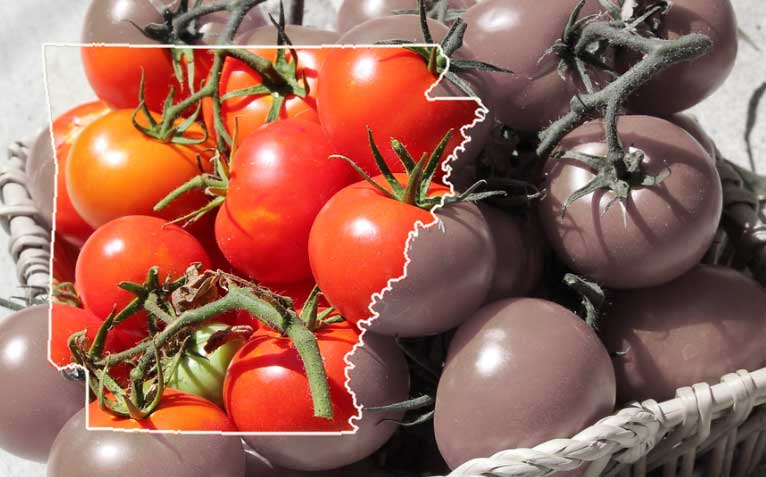
Hey, guess what? It’s GARDENING SEASON! If it weren’t for the pollen that’s just starting to fly in south Arkansas, I would have added a couple of more exclamation marks to that statement. I’m really hoping that daily allergy medicine I started on about a month ago holds the line, but such is life.
Back to the point of this, in my 4 Tips for Planning a Garden in Arkansas blog I went through things to consider before the gardening season starts to get started off on the right foot. This time, I want to talk about things you can do at or near planting time to give you a more bountiful harvest here in the great state of Arkansas. First and foremost:
-
Test your soil and fertilize it
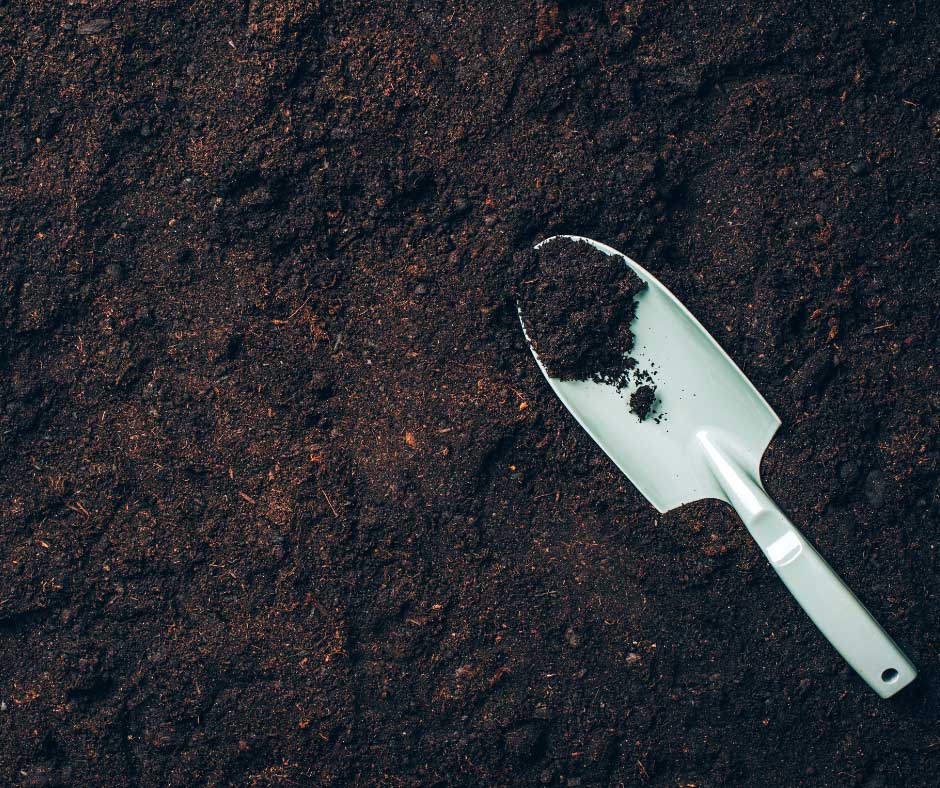
All you need is a trowel, a bucket, and a little time to pull a soil sample.
Okay, this one needs to be done BEFORE the growing season, but any county agent worth their salt will tell you the first thing to do once you know where your garden site will be is to pull a soil sample to send off for testing. Getting a good, representative sample is important. See how to do it correctly in this handy downloadable file.
Our soils lab in Arkansas requires a pint of soil, so put at least that amount of your sampled soil into a zip-top baggie, jar, or even a plastic butter tub (aka Grandma’s Tupperware), and take to your local county Extension Service. You will be asked questions like, "Have you limed the area in the last 3 years?" "How large is the area? and "What are you wanting to grow?". The answers to these questions help the soils lab generate the correct fertilizer recommendations for your soil.
How long before I get my soil test results?
Allow about two weeks for the soil test results to show up in your email inbox. If you have any questions once you read it through, feel free to call your county agent! The report will tell you how much lime you need to put out, if any, and the amounts and types of fertilizer you need to apply.
We typically recommend pulling your soil sample in the fall in case you do need lime. Lime is important for raising the pH of your soil if it’s acidic, and I’m just going to tell those of you that live here in Clark County, unless you have limed recently or live around the Okolona area, your soil will most likely be acidic. Lime takes awhile to break down in the soil to raise the pH, so the earlier you can get it out before the growing season, the better.
Recommendations on the amounts of nitrogen, phosphorus, and potassium you will need per 1000 square feet will be listed under the crop notes.
Why do I have so many leaves and no tomatoes?
I want to note here that every year we receive calls from gardeners who have big, dark green, lush tomato plants, but no actual tomatoes have set. This is caused by an over-fertilization of nitrogen. The plant stays in vegetative mode, and never gets into reproductive mode. Just remember, it can be just as bad to over-fertilize plants as to under-fertilize them.
-
Rotate your crops
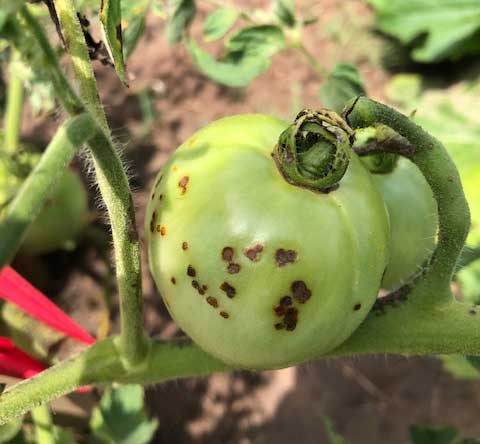 Diseases like bacterial speck shown on this tomato, can be reduced by using crop rotation.
Diseases like bacterial speck shown on this tomato, can be reduced by using crop rotation.
I briefly mentioned this in the January blog, but it deserves a little more time. It gets hot and humid in south Arkansas, so the disease pressure is strong. We also have what sometimes feels like more than our fair share of insect pests, including microscopic worms in the soil called nematodes. So, anything we can do to reduce the opportunity for insects and diseases to ruin our growing season, we need to do. Insects can overwinter in crop residue from the previous growing season and in the soil.
Plant diseases can be caused by fungi, bacteria, and viruses, and these can linger in the soil for years. In a lot of cases, different insects and diseases infect specific crops. (For more plant disease information including how to submit a soil sample, visit our Plant Health Clinic resources.)
For example, squash bugs really love plants in the cucurbit family, but will leave corn alone. Planting corn where you had zucchini last year and moving any crops in the cucurbit family to another location will help minimize damage by squash bugs.
Plants also use soil nutrients differently, so crop rotation can help keep those nutrients from depleting. Ideally, you won’t plant plants of the same family in the same area for 3-4 years. You may be surprised by which plants are kin to other. For example, tomatoes, eggplants, peppers, and Irish potatoes are all in the Nightshade (Solanaceae) family. Even in a small garden, it is possible to practice some degree of rotation to help stop problems before they happen.
-
Choose your plants and varieties wisely
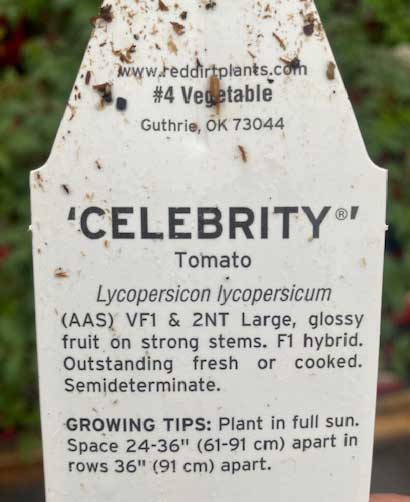 The codes on this tomato tag indicate that this variety is resistant to Verticillium and Fusarium Wilt, Nematodes, and Tobacco Mosaic Virus.
The codes on this tomato tag indicate that this variety is resistant to Verticillium and Fusarium Wilt, Nematodes, and Tobacco Mosaic Virus.
Some vegetables are easily started by direct sowing seeds in the garden. Cucurbits like squash, melons, cucumbers, etc., plus sweet corn, beans and peas, and okra are some of the crops that you can save money on by planting seeds instead of transplants. However, for crops like tomatoes, peppers, and eggplant, you will have more luck purchasing transplants unless you started your own seeds indoors about a month ago.
When selecting varieties, look for varieties that have some disease resistance, especially with tomatoes. The plastic tags might have letters like “VFN” that mean that variety is resistant to verticillium wilt, fusarium wilt, and nematodes. Again, the disease pressure is strong in the south, so any steps we can take to mitigate disease problems are steps we need to take.
As far as the plants themselves go, select plants that are free of spots, discoloration, and insects. Also, shorter more compact plants will be healthier, stronger plants as they grow. Steer away from the long, stretched-out leggy plants. They will be weaker and not get off to a good start.
-
Follow proper planting and spacing recommendations
Seed packages and transplant tags will have instructions for proper sowing/planting depth and spacing. Follow those for best results. Why should you space your plants properly? The spacing is important to give the plants the proper room for their roots and vegetation to grow.
Plants also compete for nutrients and water when placed too close. Also, overcrowding can reduce airflow, which leads to wetness lingering on the foliage, which can contribute to increased diseases. Are you sensing a theme here?
Square foot gardening is the exception to planting according to row spacing recommendations.
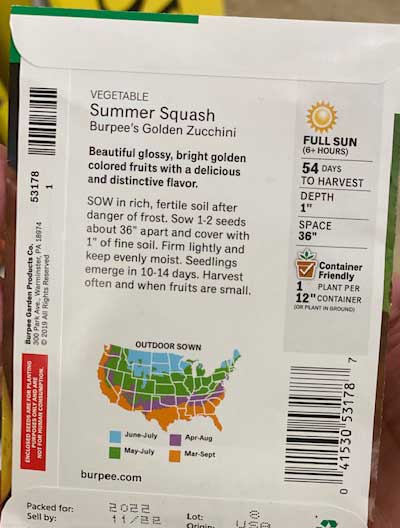
This method is used primarily in raised beds to utilize every inch of space. It still allows enough space around each plant for it to properly grow. For larger plants like tomatoes, you only plant 1 plant per square foot, while smaller plants like radishes can be planted 16 in a square foot.
When planting transplants, plant them just as deep as they are in their container.
Alternative ways to plant tomatoes
Another exception here is if you found some leggy tomatoes plants on sale or the tomato seeds you started didn’t get quite the light they needed, so the plants stretched out. You can plant tomatoes deeper than they are in the original container or lay them down horizontally, cover up the roots and most of the stem with soil and leave the top 4-6 inches sticking out. Tomatoes can root all down the stem and develop into a strong plant. Watch the video below which takes you step by step through the process of how to plant leggy tomatoes.
Don’t try this with other vegetable transplants, though.
For more information about specific vegetable crops go to our publications page and click on the red “Search Publications” button. Type in your zip code, and then type in the crop name in the keyword search box. You can also visit our vegetable gardening A-Z page to find more information.
Again, soil testing and fertilizing properly, utilizing crop rotation, selecting disease resistant varieties and clean plants, and following planting depth and spacing requirements will go a long way to getting your garden set up for a bountiful harvest.
For my area of south Arkansas, April 15th is the last known frost date, so that is the earliest date we recommend planting your warm season veggies. I know, I know. People plant well before then, but they know they are taking a risk. Any long-time gardeners know to have hot caps like milk jugs with the bottom cut out on hand in the case of a late frost to protect the plants. Farm stores and big box stores have their plants out now, and for gardeners the excitement is building. It’s here! Let’s get our hands dirty.